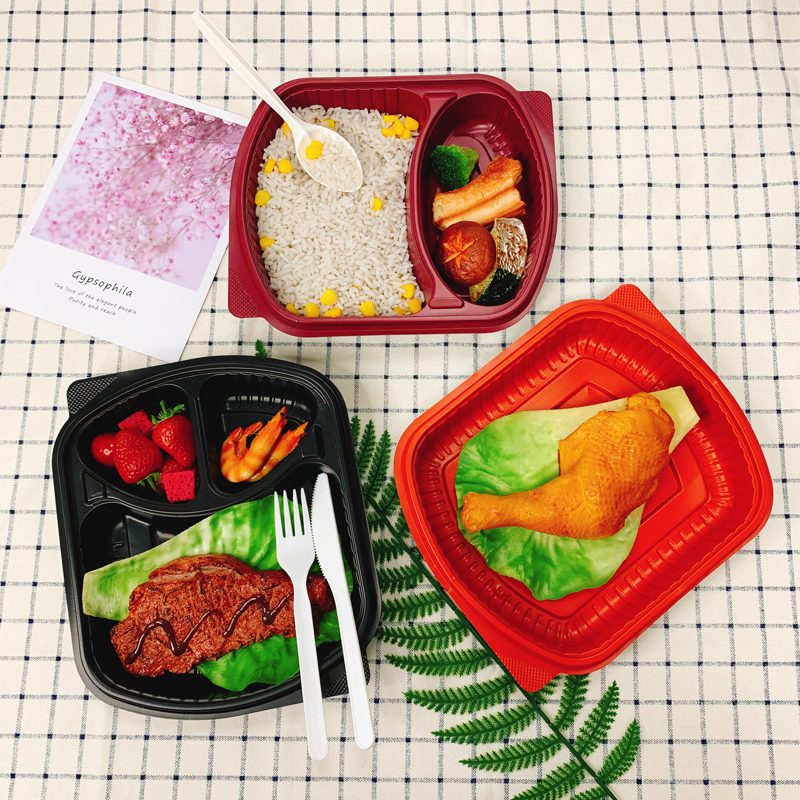
Disposable food plates have become an integral part of our modern lifestyle, offering convenience and practicality on various occasions. However, the rising concern about the environmental impact of these single-use products has sparked a need for sustainable alternatives. In this article, we will explore the environmental issues associated with disposable food plates and discuss potential solutions for a greener future.
The Environmental Impact of Disposable Food Plates
Disposable food plates may seem harmless, but their impact on the environment is significant. Here are some key factors contributing to their environmental footprint:
- Resource Depletion: Manufacturing disposable food plates requires a large amount of resources, including water, energy, and raw materials like paper, plastic, or styrofoam. This leads to a depletion of natural resources, contributing to deforestation and increased carbon emissions.
- Waste Generation: Once used, disposable food plates end up in landfills, where they take a long time to decompose. Their non-biodegradable nature means that they persist in the environment, causing pollution and littering.
- Harmful Chemicals: Some disposable food plates are made using harmful chemicals and additives, such as styrene, which can leach into food and pose health risks.
Sustainable Solutions for Disposable Food Plates
Recognizing the need for more sustainable options, manufacturers and consumers have begun exploring alternative materials and practices. Here are some solutions that can help reduce the environmental impact of disposable food plates:
- Biodegradable and Compostable Materials: Switching to disposable food plates made from biodegradable materials, such as bagasse (sugarcane fiber), bamboo, or compostable plant-based plastics, can significantly minimize environmental harm. These materials can break down naturally without leaving toxic residues.
- Recyclable Options: Opting for recyclable materials like paper or plastic that can be easily recycled after use ensures a closed-loop system and reduces waste generation. However, it is essential to encourage proper recycling practices to maximize the effectiveness of this option.
- Reusable Disposable Food Plates: Some manufacturers are now producing reusable disposable food plates that are more durable and can be washed and reused several times. These products help minimize waste and conserve resources in the long run.
- Consumer Education: Educating consumers about the environmental impact of disposable food plates and promoting responsible usage and disposal practices can bring about behavioral changes. Encouraging individuals to reduce, reuse, and recycle can make a significant difference in reducing waste.
- Investing in Sustainable Packaging: Businesses and event organizers can make a conscious effort to source sustainable and eco-friendly packaging options, including disposable food plates. By supporting manufacturers that prioritize sustainability, we can collectively drive change towards a greener approach.
Conclusion
Disposable food plates undoubtedly offer convenience, but their environmental impact is undeniable. As individuals and communities, we have the power to demand and adopt more sustainable alternatives. By exploring biodegradable, compostable, and recyclable options, supporting reusable products, and promoting consumer education, we can minimize the harm caused by disposable food plates. Let us strive towards a more sustainable future where convenience and environmental responsibility can coexist harmoniously.
Recyclable Blister Plastic Food Container
